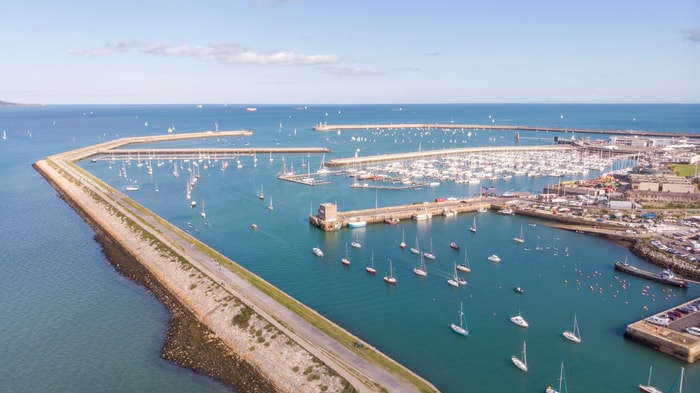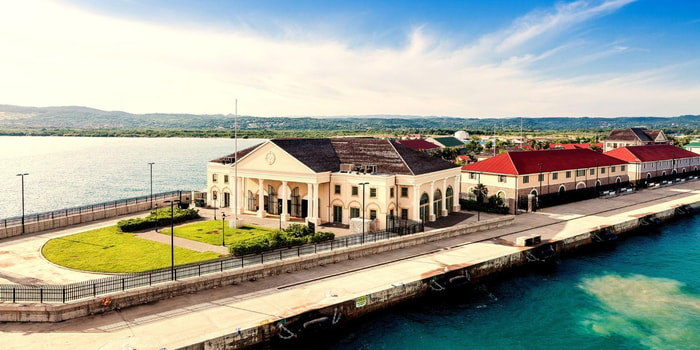Icelandic & Scottish Stars
Timelessly sophisticated, Marina was designed for the ultimate epicurean. She embraces the elegant ambiance of our renowned 1,238-guest ships while also offering an array of amenities and choices. In addition to multiple open-seating gourmet restaurants, Marina features memorable food and wine experiences at La Reserve by Wine Spectator as well as the opportunity for private dining at exclusive Privée. From the sparkling Lalique Grand Staircase to the Owner's Suites furnished in Ralph Lauren Home, designer touches are everywhere, highlighting the finest residential design and furnishings. More than anything, Marina personifies the Oceania Cruises experience.Yet remarkably, with so many additions, the onboard ambiance and experience remains comfortably familiar. We have retained everything our guests adore about our ships and raised the bar even higher. We look forward to welcoming you aboard.
The Miami-based cruise line - a subsidiary of Norwegian Cruise Line Holdings - offers seven small, luxurious ships that carry a maximum of 1,250 guests and feature the finest cuisine at sea and destination-rich itineraries that span the globe.
Expertly curated travel experiences aboard the designer-inspired, small ships call on more than 600 marquee and boutique ports in more than 100 countries on 7 continents on voyages that range from 7 to more than 200 days.









Timelessly sophisticated, Marina was designed for the ultimate epicurean. She embraces the elegant ambiance of our renowned 1,238-guest ships while also offering an array of amenities and choices. In addition to multiple open-seating gourmet restaurants, Marina features memorable food and wine experiences at La Reserve by Wine Spectator as well as the opportunity for private dining at exclusive Privée. From the sparkling Lalique Grand Staircase to the Owner's Suites furnished in Ralph Lauren Home, designer touches are everywhere, highlighting the finest residential design and furnishings. More than anything, Marina personifies the Oceania Cruises experience.Yet remarkably, with so many additions, the onboard ambiance and experience remains comfortably familiar. We have retained everything our guests adore about our ships and raised the bar even higher. We look forward to welcoming you aboard.
